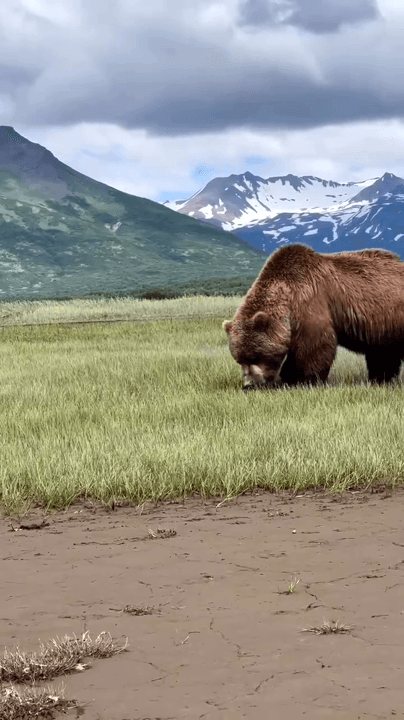brownbear - News
Alaska's Majestic Bears: A Guide to Understanding These Iconic Giants
Discover Alaska's diverse bear population, including grizzlies, black bears, and polar bears. Learn about their habitats, behavio
Savonia (Savo) Hunting: Geography, Clubs and Laws, Species, Game, and Cultural Traditions
Savonia, often referred to as Savo, is a region steeped in Finnish history and natural beauty. Located in eas
Lake Päijänne Hunting: Key Insights into Specifics, Legislation, and Hunting Associations
Lake Päijänne, the second-largest lake in Finland, spans a vast area of pristine wilderness and offers hunt
Utsjoki Hunting: Clubs and Communities, Geography, Demographics, Legislation, and Seasons
Located in Finland’s northernmost Lapland, Utsjoki offers hunters an untouched Arctic frontier where the bore
The Ultimate Guide to Kittilä Hunting: Clubs and Communities, Laws, Geography, Types, and Local Traditions
Kittilä, a remote municipality in Finnish Lapland, epitomizes Arctic hunting at its most rug
Inari Hunting Explained: Seasons, Laws and Legislation, Demographics, Clubs, and Interesting Facts
Nestled in the heart of Finnish Lapland, Inari is a hunter’s paradise where dense boreal forests, va
Discover Rovaniemi Hunting: Geography, Demographics, Legislation, Laws, and Unique Traditions
Nestled in Finnish Lapland, Rovaniemi offers a pristine wilderness experience for hunters seeking advent
Lapland Hunting: An Immersive Journey Through Geography, Seasons, Traditions, and Untamed Wilderness
Nestled in the Arctic Circle, Finnish Lapland offers a pristine wilderness where hunters can imme
Hunting in Swedish Lapland: A guide to reindeer hunting, covering the best hunting spots, regulations, and tips for a successful and memorable experience in Sweden’s northern wilderness
Swedish Lapla
Related to request “brownbear”









